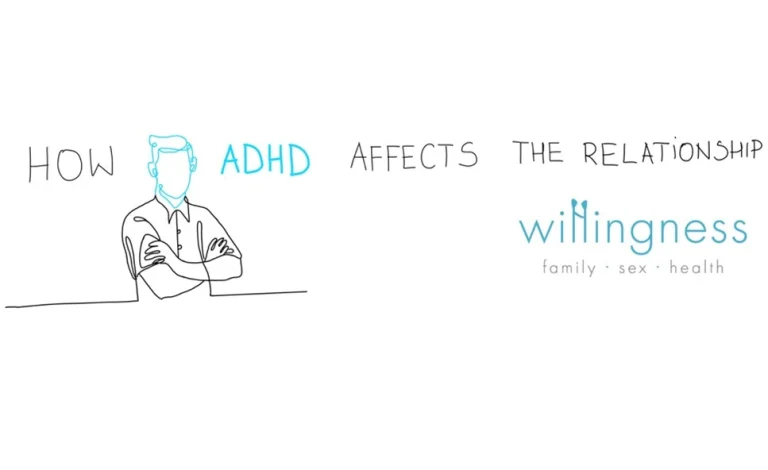4 ways cohabitation might change your relationship: what to look out for
Although many people used to associate cohabitation with marriage, nowadays things have changed radically. More and more people who are in a relationship decide to move in together before marriage, or without ever formalising their union. For example, according to a 2019 survey conducted in the US, a larger share of adults aged 18-44 have lived with an unmarried partner sometime during their lifetime (59%), while the number of adults who have cohabited with a spouse seems to be dropping (50%).
When asked why they decided it’s time to ‘take it to the next level’ and start living together, people in the survey answered: “wanting to test the relationship”, “companionship”, “wanting to have children someday”, “it was convenient” and “it made sense financially”, among others.
Regardless of the reason why partners may take this step, this decision seems to be controversial. Whilst some approve of cohabitation of unmarried couples, others disapprove and are of the opinion that it will ‘ruin their relationship’. But what does the research actually tell us? It seems that going from just dating to living together can lead to:
- The two partners perceiving a future marriage as less likely. Why? Partners may see fewer reasons to formally marry since they are already living together and sharing living expenses, activities and so on.
- The couple being more committed to the relationship immediately after moving in together, but not long-term. Why? This might be caused by the fact that the decision to move in together was taken because the couple felt more committed while dating.
- The relationship continuing even though its quality is deteriorating. Why? This is explained by the inertia theory. It seems that if a couple decides to move in together, this favours the relationship to continue into marriage, which might have not naturally happened if they only continued dating.
- Partners who begin cohabitation having more frequent sex (at least in the short term). Why? Reasons might include convenience – partners now have a private space where they can be intimate and spend more time together – or a change in the relationship dynamic.
If you are thinking of moving in together with your partner, then don’t feel discouraged! Take these results with a pinch of salt and remember that every couple is unique. Although it is useful to make sure that your expectations are realistic and talk them through with your partner, remember that every relationship has different circumstances, so we cannot generalise these consequences.
However, if you or your partner are considering moving in together as a way of “testing the relationship”, then you might want to discuss this beforehand. Studies do say that invoking this reason for cohabitation is frequently associated with relationship problems.
Therefore, if you feel the need to test the relationship, perhaps it would be useful for you and for your partner to have a sit-down and talk about you as a couple and the reason why you feel you should test the relationship before making the “big step”. This can prevent some of the negative effects that cohabitation seems to bring about.
If you think your relationship will benefit from some professional support, you can find help here.
Alexandra Trașcă is an intern with Willingness and an undergraduate Psychology student at Babeș-Bolyai University in Romania.
References
NW, 1615 L. S., Suite 800Washington, & Inquiries, D. 20036USA202-419-4300 | M.-8.-8. | F.-4.-4. | M. (2019, November 6). Views on Marriage and Cohabitation in the U.S. Pew Research Center’s Social & Demographic Trends Project. https://www.pewresearch.org/social-trends/2019/11/06/marriage-and-cohabitation-in-the-u-s/
Rhoades, G. K., Stanley, S. M., & Markman, H. J. (2009). Working with Cohabitation in Relationship Education and Therapy. Journal of Couple & Relationship Therapy, 8(2), 95–112. https://doi.org/10.1080/15332690902813794
Rhoades, G. K., Stanley, S. M., & Markman, H. J. (2012). The impact of the transition to cohabitation on relationship functioning: cross-sectional and longitudinal findings. Journal of family psychology : JFP : journal of the Division of Family Psychology of the American Psychological Association (Division 43), 26(3), 348–358. https://doi.org/10.1037/a0028316







